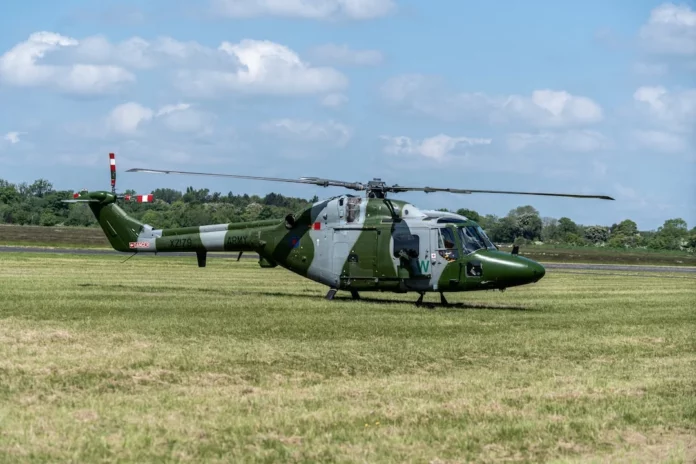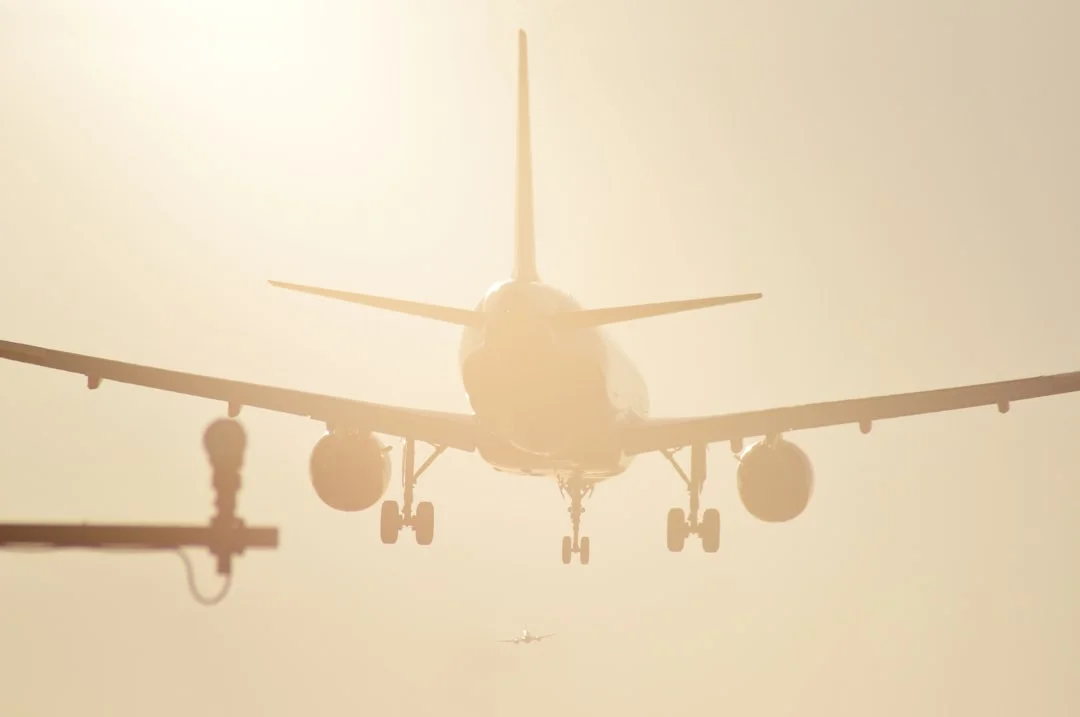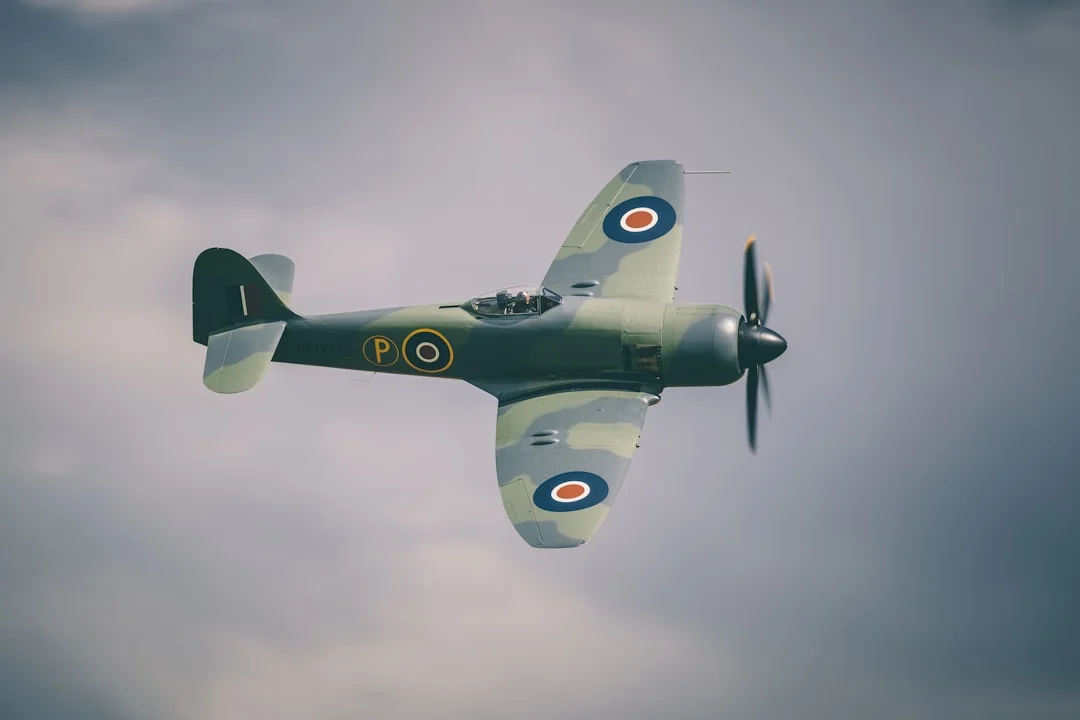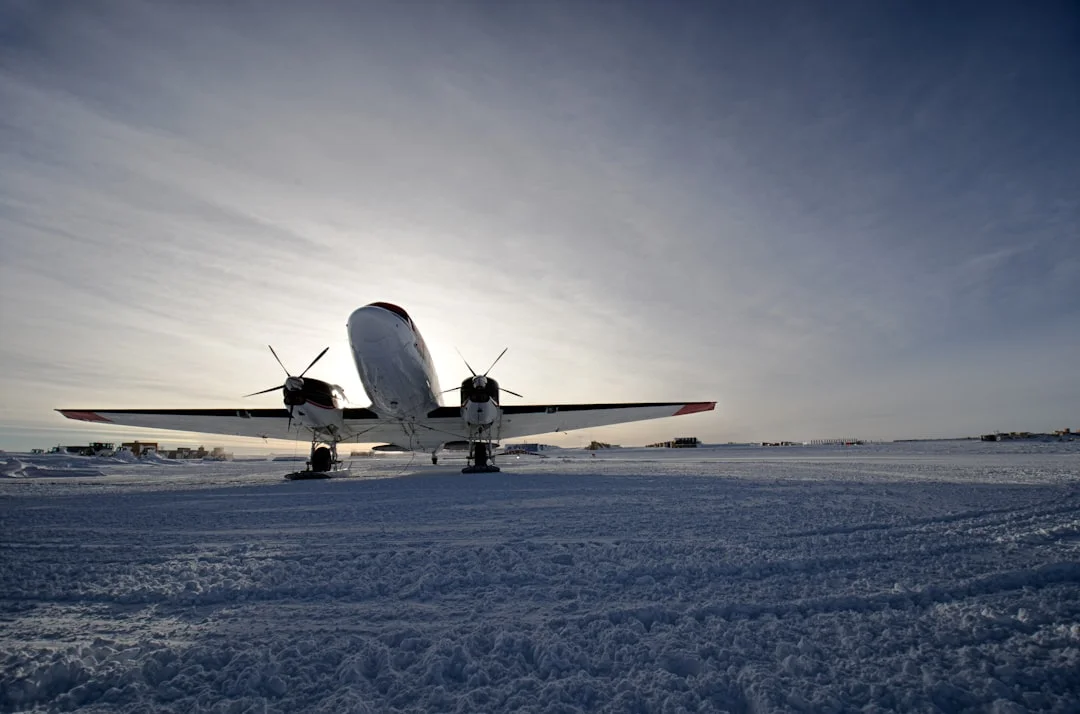The Flight Control System (FLT CTL) is a critical component of an aircraft that ensures safe and precise movement during flight. In simple terms, it is the system that enables pilots to control the aircraft and maneuver it according to their intentions. The Airbus A330, a popular wide-body twin-engine jetliner, is equipped with a sophisticated and advanced flight control system that incorporates various technologies and features to enhance flight safety and efficiency.
In this article, we will explore the Flight Control System on the Airbus A330 in detail, highlighting its key components, functions, and advancements that contribute to the overall performance of the aircraft.
Contents
The Key Components of the Airbus A330 Flight Control System
The Flight Control System on the Airbus A330 consists of several essential components that work together to ensure controlled and stable flight. These components include:
1. Flight Control Surfaces
The Airbus A330 is equipped with various flight control surfaces that allow the pilot to control the aircraft’s movement. These surfaces include:
- Ailerons: Located on the wings, the ailerons are responsible for controlling the roll motion of the aircraft. They move in opposite directions to generate differential lift, enabling the aircraft to bank left or right.
- Elevators: Positioned on the horizontal stabilizer, the elevators control the aircraft’s pitch motion. They move up or down to adjust the aircraft’s nose position, influencing the angle of climb or descent.
- Rudder: Located on the vertical stabilizer, the rudder controls the aircraft’s yaw motion. It moves left or right to help the aircraft turn or maintain its heading.
- Spoilers: Situated on the wings, the spoilers are used for speedbraking and roll control. They can be extended symmetrically or differentially to increase drag or assist in roll maneuvers.
- Flaps and Slats: The flaps and slats are located on the wings and are responsible for controlling the aircraft’s lift and drag characteristics. They are extended during takeoff and landing to enhance lift and maneuverability.
2. Fly-by-Wire System
The Airbus A330 incorporates a Fly-by-Wire (FBW) system, which is a flight control system that replaces traditional mechanical controls with an electronic interface. Through this system, pilot inputs are transmitted as electrical signals to actuators, which then move the flight control surfaces accordingly. The FBW system on the A330 offers significant advantages, including:
- Reduced weight: By eliminating the need for mechanical linkages, the FBW system reduces the weight of the aircraft, leading to improved fuel efficiency.
- Enhanced control and stability: The FBW system allows for precise and smooth control inputs, resulting in improved flight stability and reduced pilot workload.
- Flight envelope protection: The FBW system actively monitors the aircraft’s flight parameters and prevents it from exceeding its safe flight envelope. This helps in preventing stalls, overspeeding, and other dangerous situations.
- Automatic flight control: The FBW system enables various automatic flight control modes, such as autothrust, autopilot, and autoland, which enhance the aircraft’s operational capabilities.
3. Flight Control Computers
The Flight Control System on the Airbus A330 relies on multiple Flight Control Computers (FCCs) to process and interpret pilot inputs and sensor data. These computers provide redundancy and backup, ensuring that the flight controls remain operational even in the event of a failure. The FCCs continuously monitor the aircraft’s flight parameters and execute control commands to maintain stability and respond to pilot inputs. The A330 is equipped with three FCCs for increased reliability.
The Flight Control System on the Airbus A330 is a highly advanced and reliable system that enables precise control and maneuverability. Its key components, such as flight control surfaces, the Fly-by-Wire system, and flight control computers, work together seamlessly to ensure safe and efficient flight operations.
The Advancements in Airbus A330 Flight Control System
Over the years, Airbus has continuously enhanced and refined the Flight Control System on the A330 to improve its performance and capabilities. Some of the notable advancements include:
1. A330neo’s Extended Range Capability
The Airbus A330neo, the latest variant of the A330 family, features an extended range capability enabled by upgraded flight control systems. The A330neo incorporates improved aerodynamics, a higher maximum takeoff weight, and modified flight control laws, allowing it to achieve greater fuel efficiency and fly longer distances. These advancements make the A330neo a reliable option for long-haul flights.
2. High-Speed Protection System
The Airbus A330’s Flight Control System includes a High-Speed Protection (HSP) system that prevents the aircraft from exceeding its maximum permissible airspeed. In the event of excessive speed, the HSP system automatically activates to reduce the aircraft’s angle of attack and limit its altitude gain. This feature enhances flight safety and prevents potential structural damage caused by high speeds.
3. Alternate Law Protection
In the event of multiple system failures, the Airbus A330’s Flight Control System switches to an Alternate Law Protection mode. In this mode, the flight control laws are simplified, but the aircraft remains fully controllable. The Alternate Law Protection provides pilots with essential control authority and stability, ensuring safe maneuvering and landing even during abnormal situations.
These advancements in the Airbus A330’s Flight Control System reflect the continuous commitment to improving aircraft safety, efficiency, and performance. The integration of advanced technologies and features allows for enhanced control, reduced pilot workload, and increased operational capabilities.
Conclusion
The Flight Control System on the Airbus A330 is a critical component that enables safe and precise aircraft movement. With its flight control surfaces, Fly-by-Wire system, and flight control computers, the A330’s Flight Control System ensures controlled and stable flight operations. The advancements in the system, such as extended range capabilities, high-speed protection, and alternate law protection, further enhance the aircraft’s performance and safety. The Airbus A330 continues to be a reliable and efficient aircraft, thanks to its sophisticated Flight Control System.




